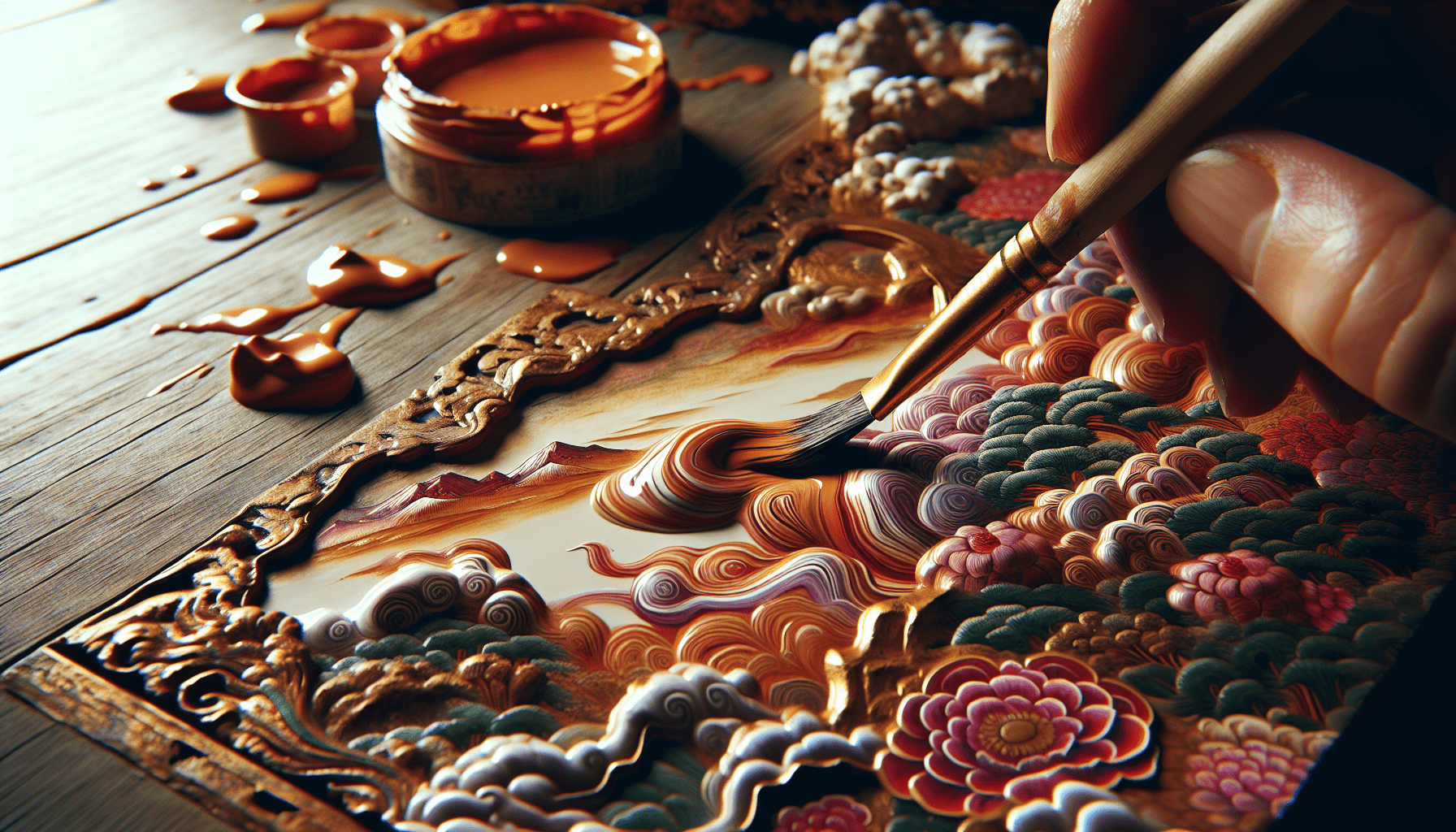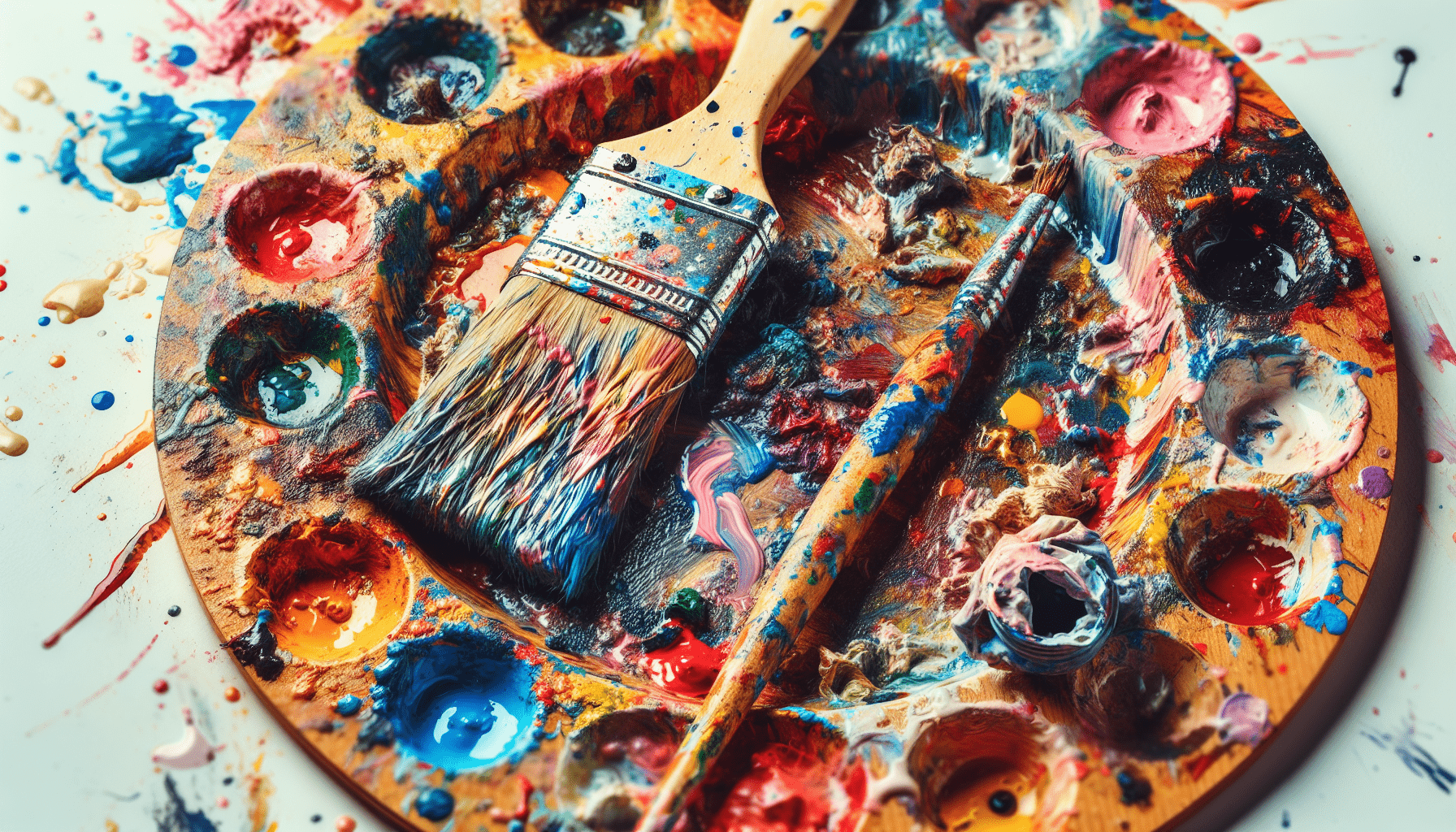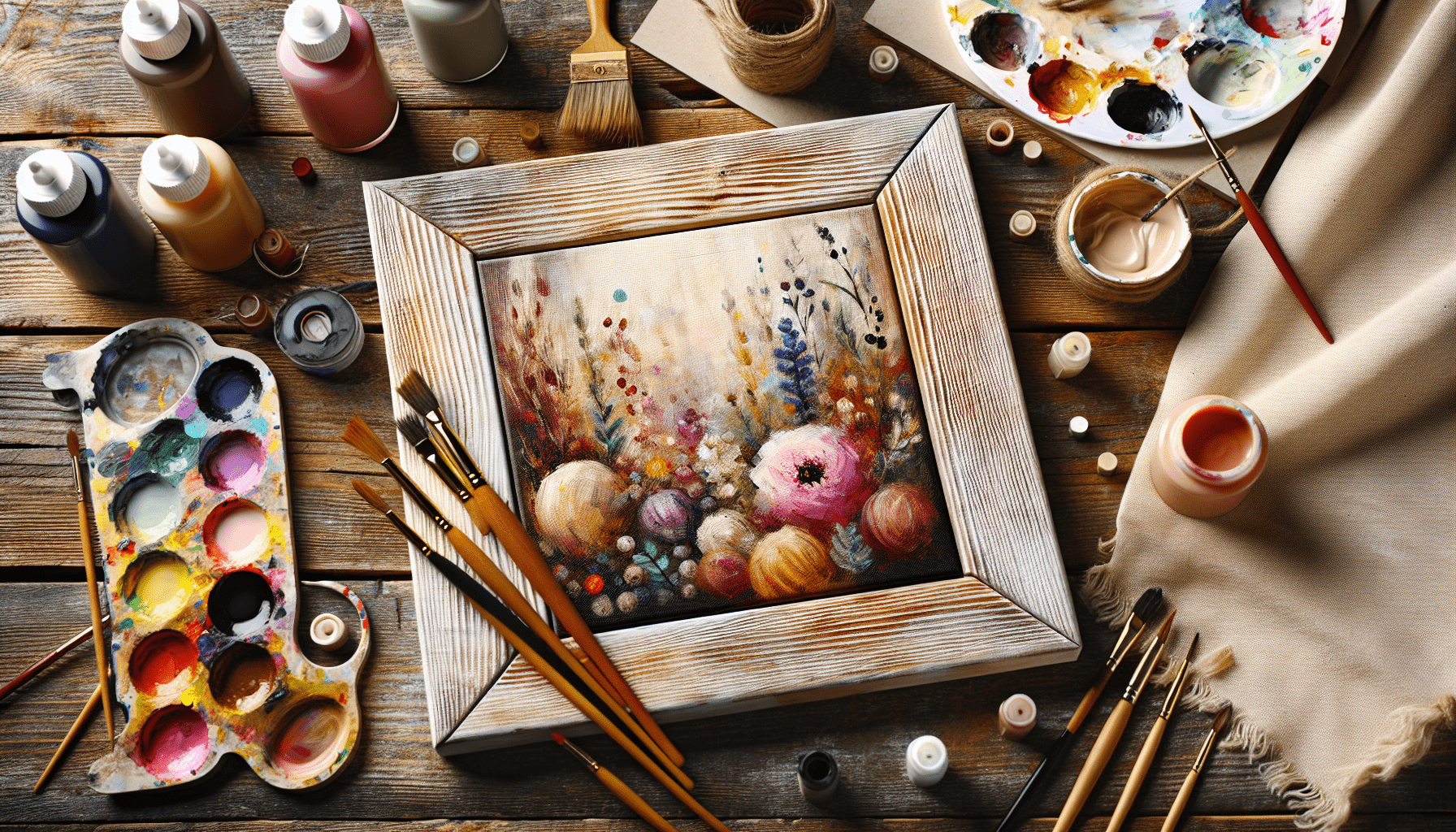In this article, you will explore the composition of tempera paint, a versatile medium that has been used for centuries in art. Tempera paint is traditionally made from a blend of pigment, water, and a binder such as egg yolk or egg white. This mixture creates a durable and opaque paint that dries quickly and can be applied to a variety of surfaces. Understanding the ingredients that make up tempera paint can help artists achieve desired effects and create stunning works of art. Have you ever wondered about the ingredients that go into making tempera paint? In this article, you will learn about the components of tempera paint, as well as its history and different forms. Get ready to dive into the fascinating world of tempera paint and discover what makes this medium so unique and versatile.
A Brief History of Tempera Paint
Tempera paint has been around for centuries and has been used by artists throughout history. Dating back to ancient Egypt and Greece, tempera paint was traditionally made by mixing pigments with egg yolks. This medium was popular among medieval and Renaissance artists for its quick drying time and vibrant colors. Today, tempera paint can be found in various forms, including egg tempera and modern synthetic versions.
Let’s explore the fascinating history of tempera paint and how it has evolved over the years.
The Origins of Tempera Paint
The origins of tempera paint can be traced back to ancient civilizations, where artists used natural pigments mixed with egg yolk as a binding agent. This mixture created a fast-drying, durable paint that was ideal for murals, panel paintings, and illuminated manuscripts. The Greeks and Egyptians were among the first to use tempera paint, and its popularity spread throughout Europe during the Middle Ages.
The Renaissance and Tempera Paint
During the Renaissance, tempera paint reached new heights of popularity, especially in Italy. Artists like Giotto, Botticelli, and Michelangelo used egg tempera to create stunning works of art that still captivate audiences today. The medium’s ability to produce luminous colors and fine details made it a favorite among artists of the time.
Modern Variations of Tempera Paint
Today, tempera paint comes in a variety of forms, including egg tempera, tempera cakes, tempera powders, and tempera tubes. While traditional egg tempera is still used by some artists for its luminous qualities, modern synthetic versions offer a more convenient and user-friendly alternative. These synthetic tempera paints are water-based and non-toxic, making them safe for artists of all ages to use.
Ingredients of Tempera Paint
Now that we’ve covered the history of tempera paint, let’s take a closer look at the ingredients that go into making this versatile medium. From pigments to binders, each component plays a crucial role in determining the quality and characteristics of tempera paint.
Pigments
Pigments are the colorants used in paint to create different hues and shades. In tempera paint, pigments can be organic or inorganic, depending on the desired color and opacity. Common pigments used in tempera paint include titanium white, cadmium red, ultramarine blue, and burnt sienna. These pigments are finely ground to create a smooth and consistent color when mixed with the binder.
Binders
The binder in tempera paint is the substance that holds the pigments together and adheres them to the painting surface. In traditional egg tempera paint, the binder is egg yolk, which acts as a natural emulsifier and dries to a hard, durable finish. Modern synthetic tempera paints use a variety of binders, including gum arabic, glycerin, or acrylic polymers. These binders help the paint adhere to surfaces like paper, wood, or canvas, and provide a smooth, even application.
Fillers and Extenders
Fillers and extenders are additional ingredients used in tempera paint to modify its texture and viscosity. Common fillers and extenders include chalk, talc, and calcium carbonate, which can be added to adjust the paint’s thickness and drying time. These additives also help to reduce the cost of the paint by increasing its volume without sacrificing color intensity.
Additives
Additives are substances added to tempera paint to improve its performance and stability. These can include preservatives to prevent mold growth, thickeners to adjust the paint’s consistency, or flow agents to help the paint spread smoothly. Additives are often used in commercial tempera paints to enhance their usability and longevity.
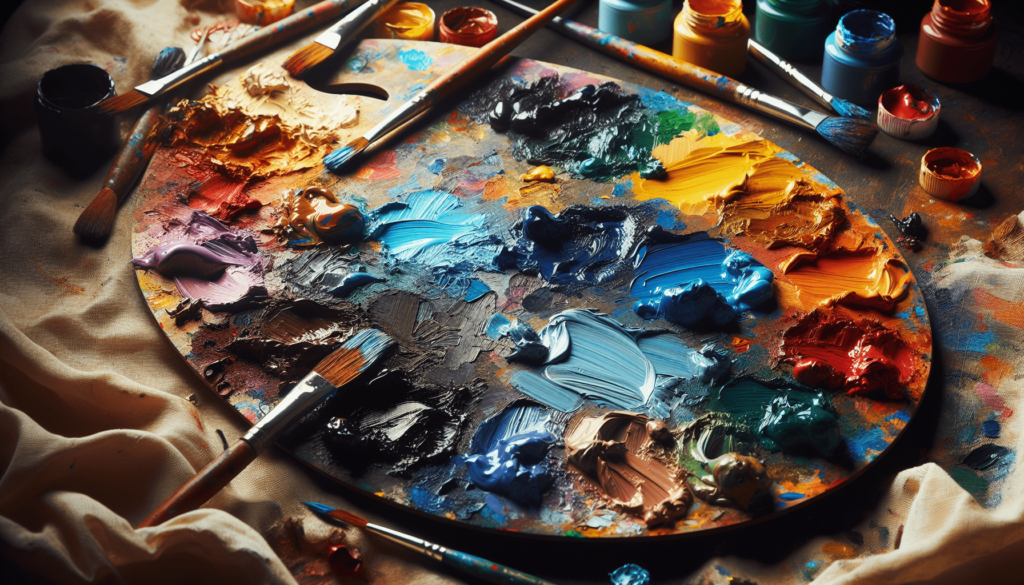
Types of Tempera Paint
Tempera paint comes in a variety of forms, each with its own unique properties and applications. From traditional egg tempera to modern synthetic versions, artists can choose the type of tempera paint that best suits their needs and preferences.
Egg Tempera
Egg tempera is the traditional form of tempera paint, made by mixing pigments with egg yolk as a binder. This ancient medium has been used for centuries and is known for its luminous colors, fine details, and long-lasting finish. Egg tempera dries quickly to a satin sheen and can be layered and blended to create rich, vibrant paintings.
Tempera Cakes
Tempera cakes are solid blocks of dry paint that can be activated with water to create a creamy, smooth paint. These portable and convenient cakes are ideal for artists on the go or for classroom use, as they can be easily transported and stored. Tempera cakes are available in a wide range of colors and can be used on various surfaces, including paper, cardboard, and wood.
Tempera Powders
Tempera powders are finely ground pigments that can be mixed with water to create a liquid paint. These powders offer artists the flexibility to adjust the paint’s consistency and color intensity to suit their needs. Tempera powders are versatile and can be used for a variety of techniques, including painting, drawing, and printmaking.
Tempera Tubes
Tempera tubes are a convenient and user-friendly form of tempera paint that comes in squeezable tubes for easy application. These ready-to-use paints are water-based and non-toxic, making them safe for artists of all ages to use. Tempera tubes are available in a wide range of colors and are ideal for projects that require quick drying and easy cleanup.
Mixing and Using Tempera Paint
Now that you know about the ingredients and types of tempera paint, let’s explore how to mix and use this versatile medium in your own artwork. Whether you are a beginner or an experienced artist, tempera paint offers endless possibilities for creative expression.
Mixing Tempera Paint
To mix tempera paint, start by squeezing a small amount of paint onto a palette or mixing tray. Add a few drops of water to the paint and use a brush to blend the two together until you reach the desired consistency. You can adjust the paint’s thickness by adding more water or pigment as needed. Experiment with different colors and ratios to create custom shades and hues.
Using Tempera Paint
Tempera paint can be used on a variety of surfaces, including paper, wood, canvas, and cardboard. To apply tempera paint, dip your brush into the paint and apply it to the surface with smooth, even strokes. You can layer and blend colors to create gradients and shading, or use a dry brush technique for textured effects. Tempera paint dries quickly, so work efficiently to achieve your desired results.
Tips for Working with Tempera Paint
- Use a variety of brush sizes and shapes to create different textures and details in your artwork.
- Clean your brushes and palettes thoroughly after each use to prevent color contamination and prolong their lifespan.
- Experiment with different techniques, such as stippling, scumbling, or dry brushing, to add depth and dimension to your paintings.
- Allow each layer of paint to dry completely before adding additional layers or details to prevent smudging or mixing of colors.
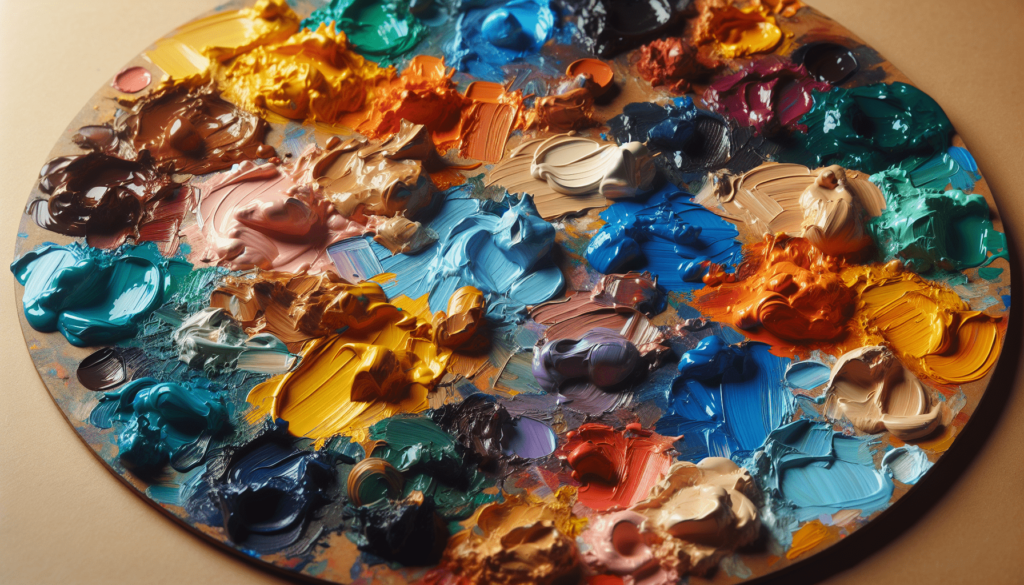
Conclusion
In conclusion, tempera paint is a versatile and vibrant medium that has been used by artists for centuries. Whether you prefer the luminous qualities of egg tempera or the convenience of modern synthetic versions, tempera paint offers endless possibilities for creative expression. By understanding the ingredients, types, and techniques of tempera paint, you can unleash your artistic potential and create stunning works of art that capture the beauty and essence of the world around you. So go ahead, grab your brushes and paints, and start exploring the colorful world of tempera paint today.

